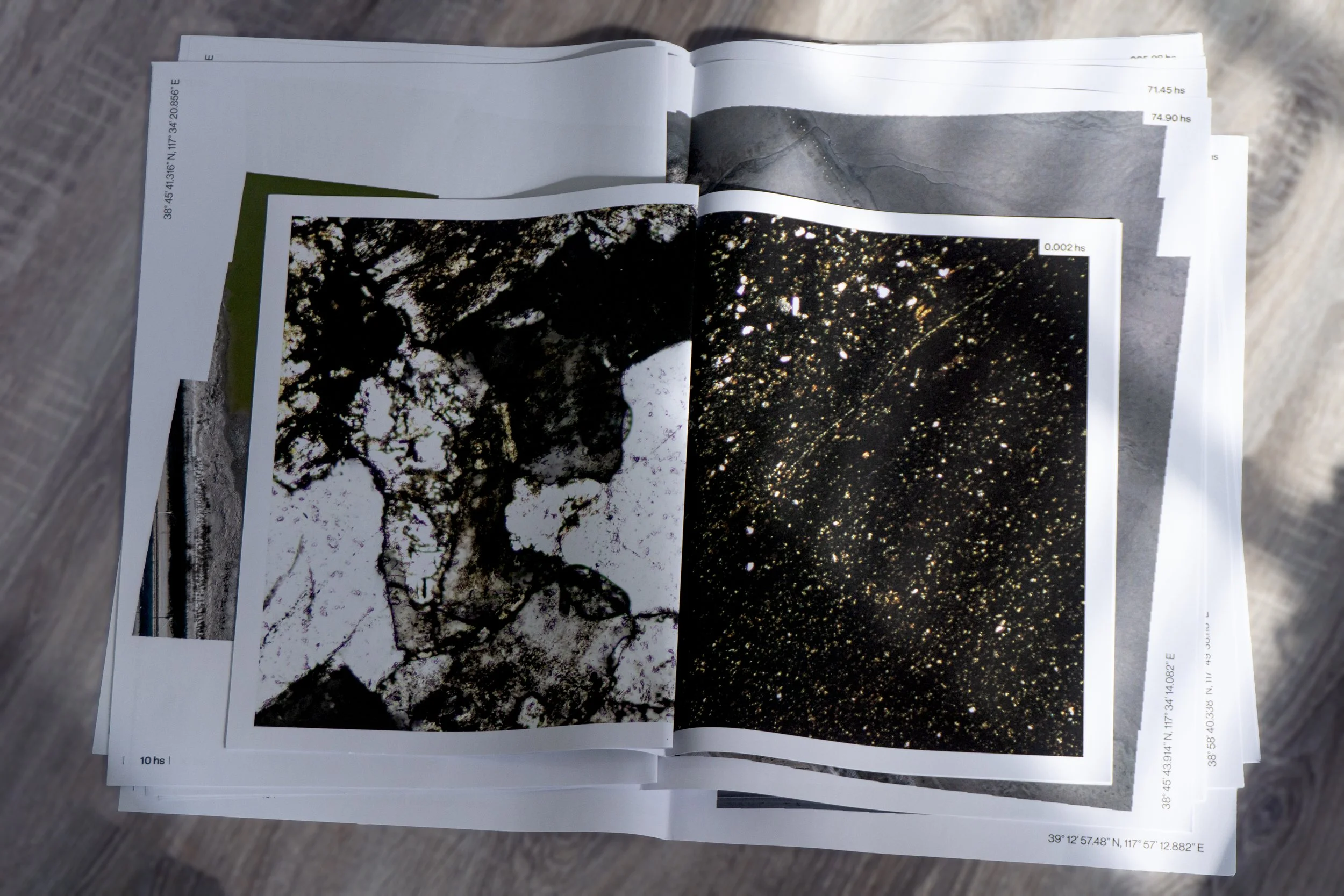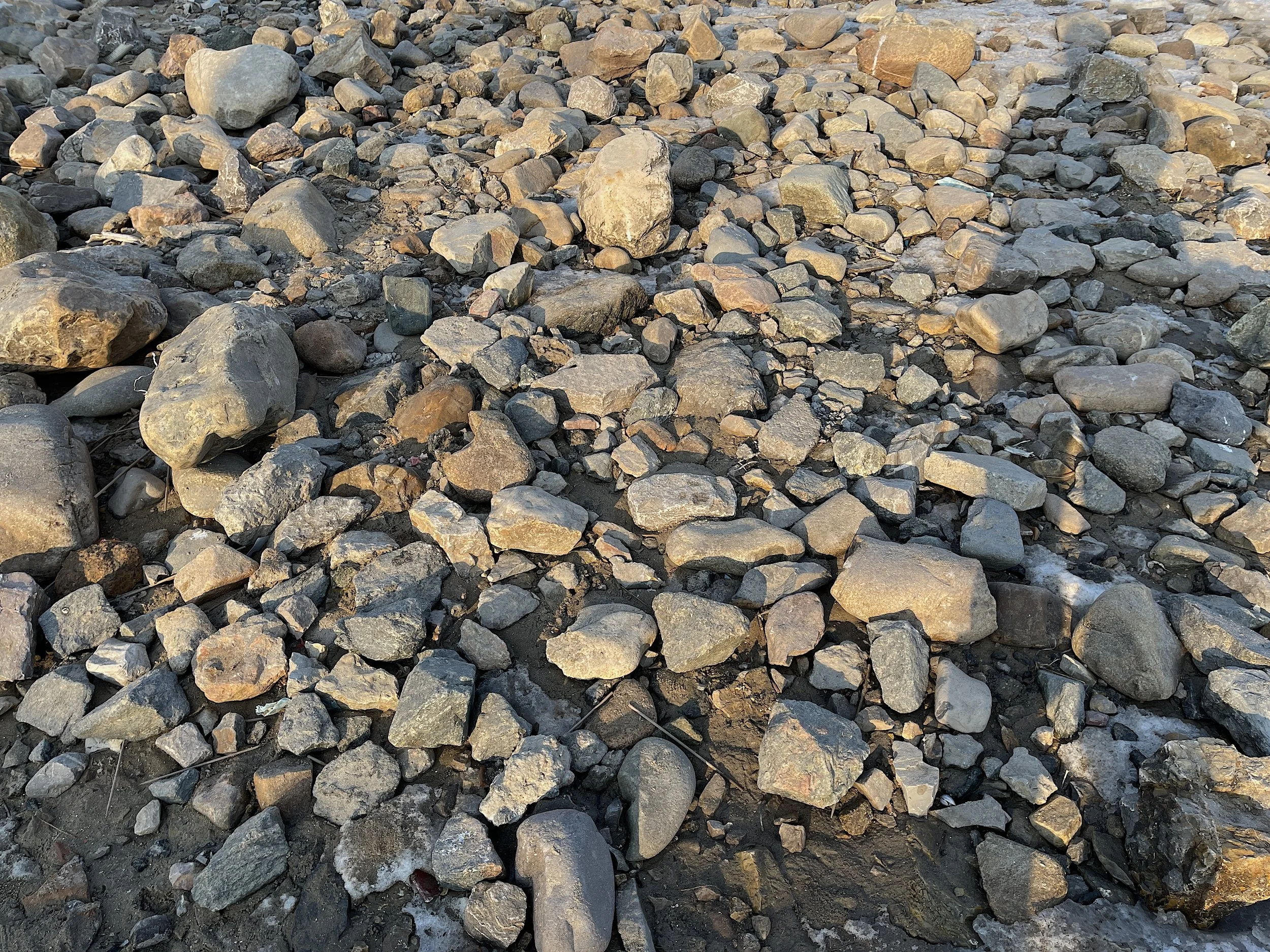
Walking along the edge of a reclaimed coastline, tracing a seam stitched together—an uneven breath between water and land. Beneath the asphalt and concrete lies a ‘body’ not yet healed, a skin still acclimatising how to carry its weight. Here, the new land is claimed, layered, composed, and left to settle. This is a landscape in recovery, a terrain in transition, an openness with potential.
In the early 2000s, Tang Gu (塘沽) marked the edge of Tianjin, a place where land and river meet the sea. As a young girl, it felt like the tip of my ‘world’ where light, distance, and vastness merge. Since then, the coastline has more than doubled, stretching from around 151 kilometres to 366 kilometres through one of China’s largest land reclamation projects (1). In its wake, zero metres of natural shoreline remain (2). The new topography rose in parallel with my growth insentiently, yet it remains absent from my memory. It grew like a second skin that I did not feel forming. This ‘missing piece’ is physically present while emotionally unanchored—an unfamiliar extension of my home city, vast but largely uninhabited. The land is there, but it hasn’t been lived.
That absence—personal, spatial, and emotional—drew me back. My curiosity about what had been added and what had been lost led me to the question of what it means to reclaim. In this project, ‘reclaiming’ registers multiple layers: the geoengineering conquest of sea by land reclamation; my personal walking practice to reclaim the new land; and in time, the sea’s gentle reclamation of land through erosion, sediment, subsidence, and more...
To ‘reclaim’ the new land, I began this project by multi-sensing—looking, listening, asking, feeling—which is also rooted in the four diagnostic methods of Traditional Chinese Medicine (TCM). I see the reclaimed landscape as a human being, trying to read the pulse of a patient too vast to speak.
This is where ‘Humanscape’ emerged...
1, 2 WANG, Fei-cui et al. (2019) ‘Research on the coastline of Tianjin’, GEOLOGICAL SURVEY AND RESEARCH, 42(4), pp. 278–281.













